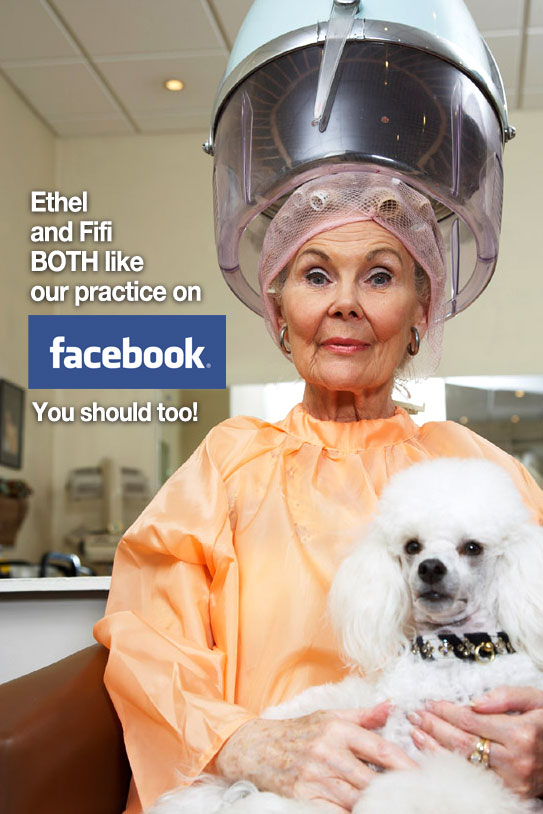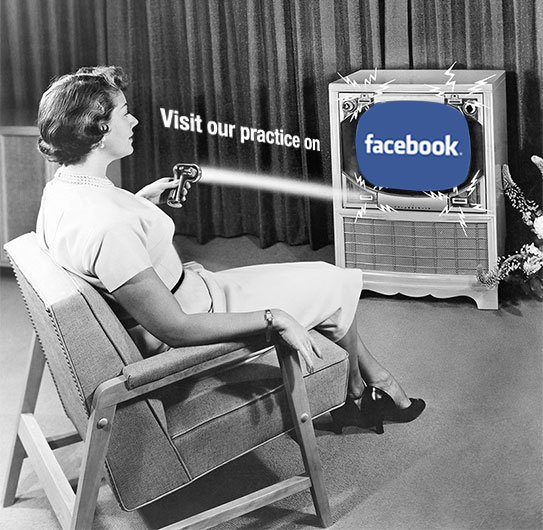ARE YOU UNHAPPY WITH YOUR UNEVEN AND/OR DISCOLORED SMILE? Have you noticed small chips or cracks in any of your teeth? Well, don’t worry—Drs. David and Patti Bradley and Dr. Boswell can help! Dental veneers are an affordable and reliable solution to imperfect smiles, and here at Lake Oconee Dentistry, we’re highly experienced in cosmetic veneer treatments.
Dental veneers are a form of cosmetic dentistry in which the surface of the tooth is covered with a layer of tooth-colored porcelain composite to protect the tooth from additional damage, and give you the beautiful smile you desire. In fact, veneers can solve most, if not all, of your cosmetic dental issues, including:
Uneven Tooth Alignment: Through the years your teeth can become uneven as a result of grinding, or wear and tear.
Wide Spacing: Veneers can (if needed) add an extra layer to widely spaced teeth, filling in those gaps, and giving you a more symmetrical smile.
Worn Enamel: Over time, the thin protective layer of enamel that covers your teeth may become dulled, discolored, and worn. Though this can sometimes be caused by genetics, it’s usually the result of smoking or drinking soft drinks, coffee, and/or tea.
Wear And Tear: As we age, our teeth naturally wear down and become less resilient. Aged teeth are also more susceptible to minor cracks and chips.
Here at Lake Oconee Dentistry we can help you change the color, shape, alignment, spacing, and length of your teeth using cosmetic veneers! Cosmetic veneers are considered a form of cosmetic dentistry because they create vibrant and beautifully aligned smiles—but, they also protect the surface of your teeth and can help eliminate future damage and additional treatment!
Here’s a short overview video about veneers from the American Dental Association:
Many times, in just two or three visits to our practice, you can walk away with a brand new, gorgeous smile. So what are you waiting for?! Set up an appointment with Drs. Bradley and Dr. Boswell today to determine if veneers are right for you!

 We look forward to seeing you soon.
We look forward to seeing you soon.




